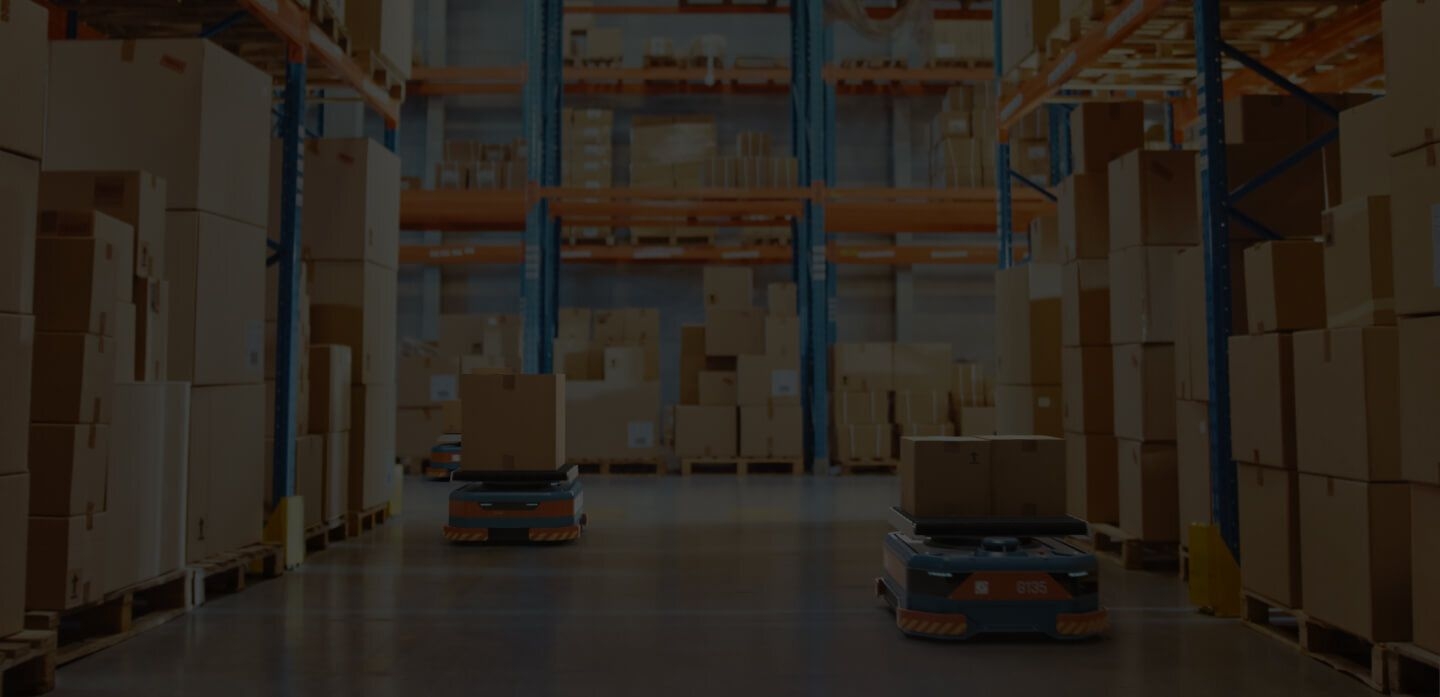
How to Pack Boxes When You Are Moving



![]()
Read this before start packing!
If you’re wondering how to send a box internationally or you’re moving overseas and looking for shipping boxes. A critical step to making sure your valuables are safely delivered to its destination is by having them packed securely.
1.The right equipment for packaging
When it comes to learning how to pack moving boxes efficiently, the first step is ensuring you have all the right packing materials:
Packing paper is useful in filling up empty space in boxes so the valuables inside don’t bounce around.
For items that are fragile in nature, bubble wrap ensures that any forces are cushioned when valuables are wrapped around it
Packing tape can be used to seal off packing boxes and keep them secure
Labels and markers to ensure the boxes you’re packing are correctly labeled helping with identification and unpacking later on
While these help with packing, keeping a handy rag to help wipe off dust and moving trolleys allow you to move these boxes and load them up for shipping effortlessly.
2. The right boxes
While the right equipment helps, picking the right box for your valuables is important. One important thing to note is smaller boxes that are easier to physically carry should try and house the heavier items, while bigger boxes are lighter in load. Try and keep each box below 15kg to avoid any injuries when they’re being moved around by personnel of your moving company.
Here’s what type of boxes help for which sort of items when it comes to shipping a box overseas.
Small and strong
Small boxes are sturdier and compact. They’re good for items such as books, canned goods, and other small but heavy items. Items such as small picture frames, stationery, and silverware are also suitable for small boxes. Smaller fragile items can be packed but it’s good to protect them in bubble wrap before packing.
Medium Boxes
Bigger items such as electronics, cookware, toys, and linens are best stored in medium-sized boxes. The important tip when packing boxes such as this is evenly distributing the weight inside, with little empty room that encourages the items to move around. An expensive or fragile item should be bubbled wrapped to protect it from any shock.
Wardrobe Boxes
When it comes to packing clothing, for longer and delicate items such as formal wear, dresses, coats, and suits - a good choice is Wardrobe boxes. These boxes are taller and come with a hanging bar that allows clothes to be hung similar to in a closet. At the bottom of the clothes, it’s also possible to place smaller boxes that contain items such as shoes.
3. Preparing boxes
To pack moving boxes efficiently it’s good to prepare them for their rough journey ahead before you place items inside them. This primarily means giving the bottom of each box added strength as once it’s packed, most of the force is going to be exerted at the bottom. Pad the bottom of the box by using bubble wrap, packing paper, or even layers of clothing. This should cushion against any falls and add more rigidity to the base.
4. Packing tips for fragile items
Fragile items such as plates and bowls require careful packing when they are in boxes. There are unique boxes available specifically made for dishes that come with extra padding and protection. Dish sleeves that can be placed in boxes are also available to ensure any plates don’t bounce around and break while the box is in transit.
In regular boxes, the best approach is to stack plates vertically and any void space should be filled with packing paper to limit movement. All items should have a snug fit. Each plate could also use some love and be individually wrapped in bubble wrap for added protection. Any hollow items such as vases or teapots, stuff crumpled packing paper inside them to help strengthen them against any bumps.
In addition, don´t forget to include all items packed in your packing list.
5. Label each box
When you’ve finished packing your boxes, don’t forget to label them. This not only helps with understanding which boxes to be handled delicately but can help with the organization during the move, and unpacking.
For each box, be sure to label what are contents inside the box (e.g. plates), if they are fragile, and if the box is heavy. This will save time to your moving company on the moving day, and also to you once the boxes arrive back. You should also follow recommendations of the USA Transportation Department regarding this.
More Moving Guides
If you have further doubts about your moving, you can check our international moving guide, where you will find deep information about moving overseas and handle all the documents needed. Packing boxes can seem daunting, but as long as you´ve picked the right boxes for your personnal items and secure them, they will arrive safe to your new home.
Related Articles


